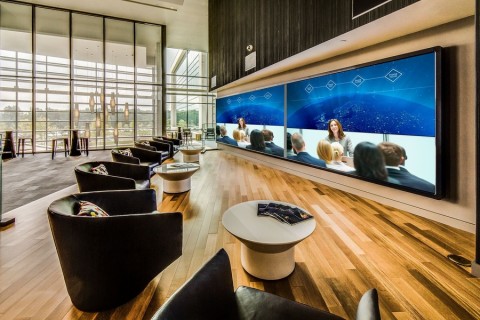Within current shopping settings, safety is a top concern for store owners and managers. One efficient method to improve security and monitoring is through the strategic installation of surveillance video cameras. Such cameras not only assist prevent shoplifting and criminal acts but also offer valuable evidence in instances of occurrences. By recognizing the optimal spots for camera installation, store owners can enhance their efficacy and foster a more secure shopping environment for shoppers and employees alike.
The initial step in effective surveillance camera placement is to identify high-risk zones within the retail space. Such areas typically consist of entry points and exit points, checkout registers, and sections where expensive items are showcased. By placing surveillance devices in such locations, retailers can monitor customer behavior and spot suspicious activities. Additionally, surveillance systems at entry points can record footage of individuals coming into and exiting the store, which is crucial for identifying possible shoplifters. This proactive strategy helps in reducing loss and ensuring a secure atmosphere.
A further important consideration is the type of surveillance device used in the retail space. Various types of cameras serve different functions. For example, dome cameras are commonly used for internal monitoring because they are less noticeable and can monitor a wide area. On the other hand, bullet-style surveillance cameras are ideal for outdoor application, as they are much conspicuous and can deter illegal behavior. Retailers should assess their specific requirements and select the appropriate surveillance device types to guarantee complete monitoring of the store.

Along with camera types, the angle and height at which cameras are mounted have a crucial part in their efficacy. Surveillance devices should be positioned at a level that allows for clear visibility of faces and actions without being readily manipulated with. A typical suggestion is to mount cameras at least 8 to ten ft off the floor. Additionally, cameras should be tilted to cover as much area as possible while preventing areas without coverage. This tactical placement ensures that all areas of the retail space are observed, providing a complete view of shopper interactions and potential security threats.
Finally, it is crucial for store owners to regularly review and maintain their surveillance equipment. This entails checking camera functionality, ensuring moved here that recordings are high-quality, and refreshing software as needed. Routine upkeep aids to prevent technical problems that could jeopardize security. Additionally, retailers should review footage regularly to spot patterns in customer actions and possible safety risks. By staying vigilant and mindful to their surveillance systems, retailers can create a safer shopping environment and protect their assets effectively.
Comments on “Enhancing Safety and Monitoring Effectiveness Through Tactical Surveillance Camera Positioning in Retail Environments”